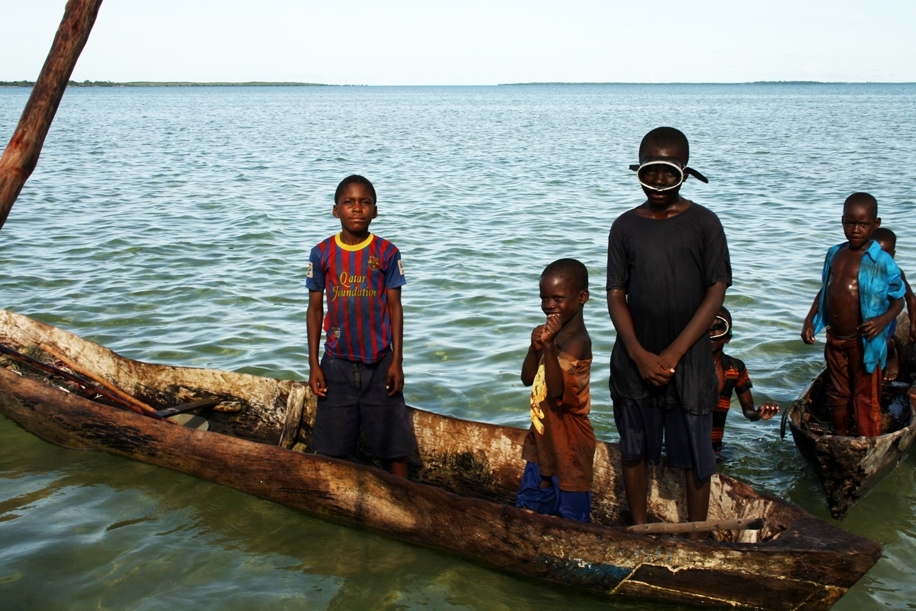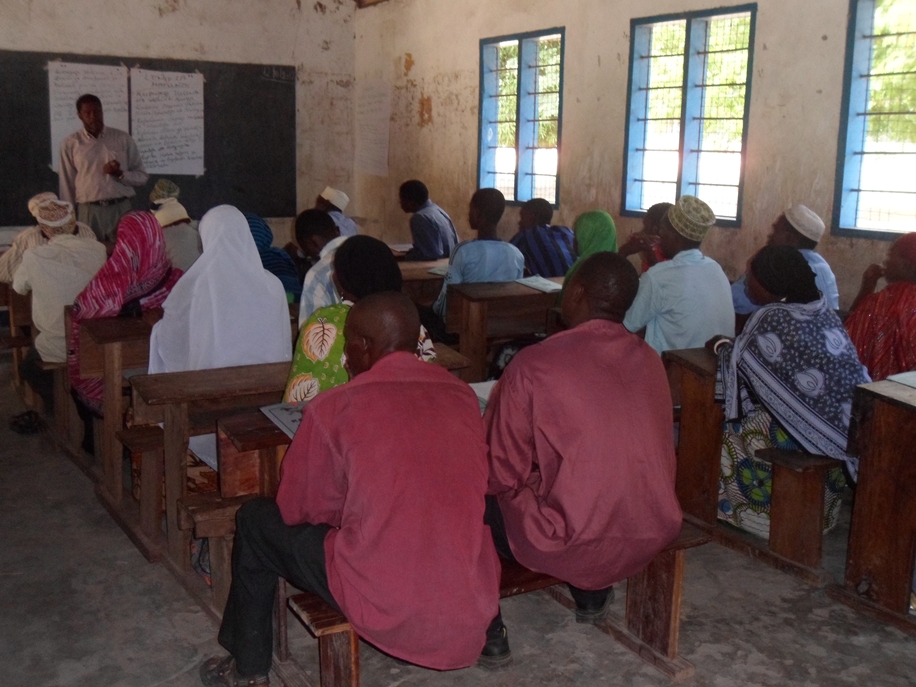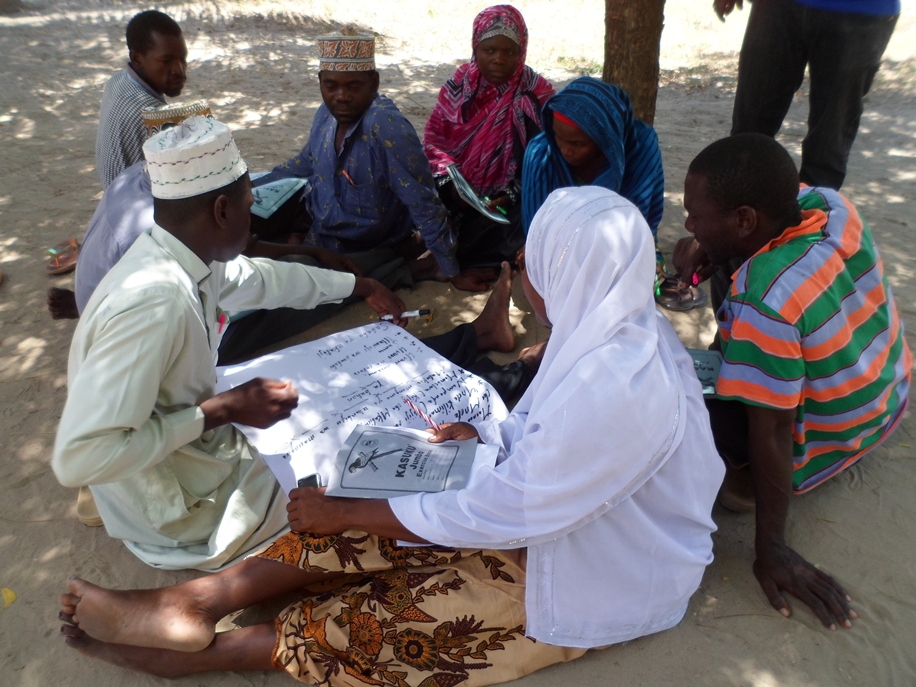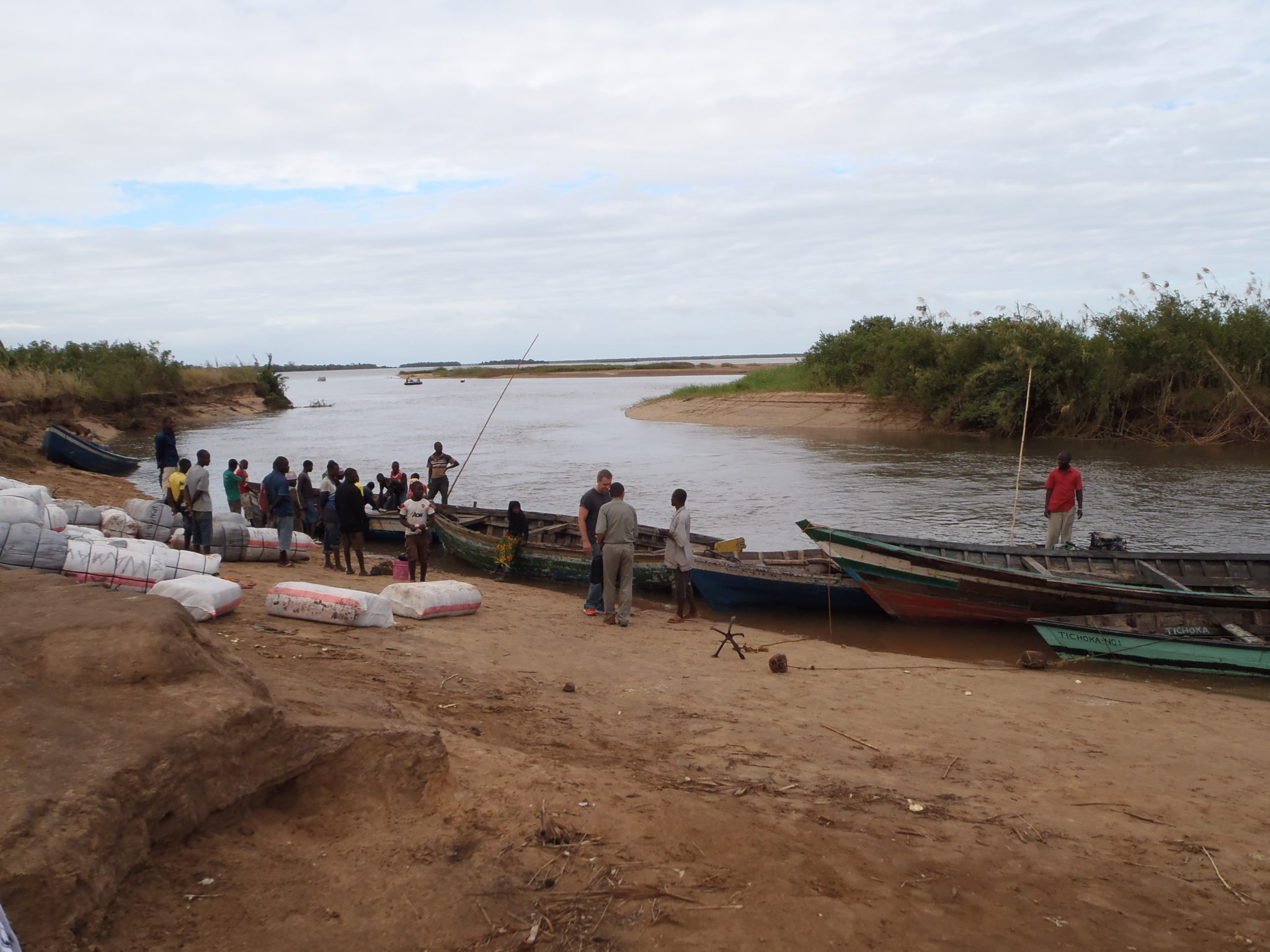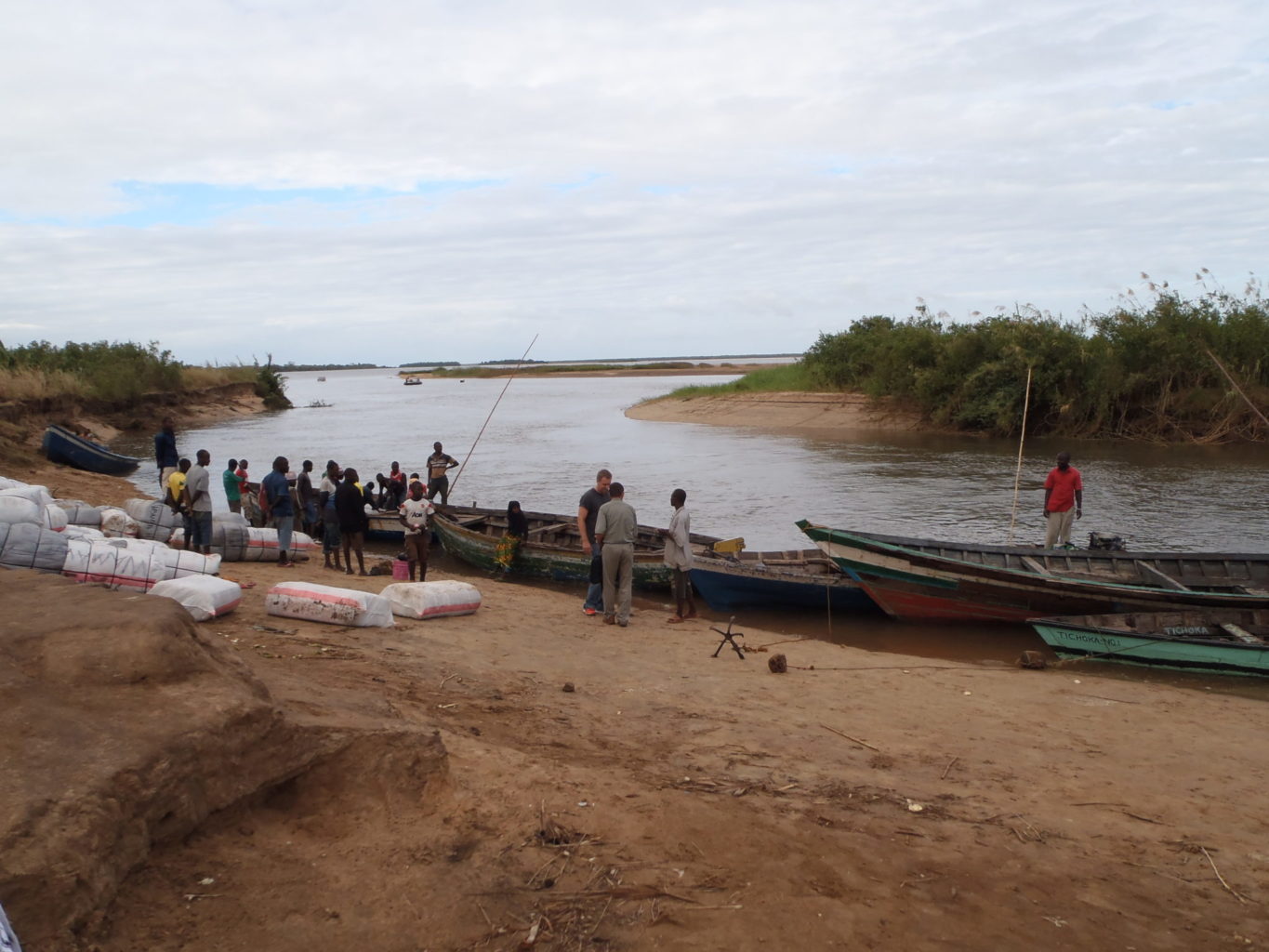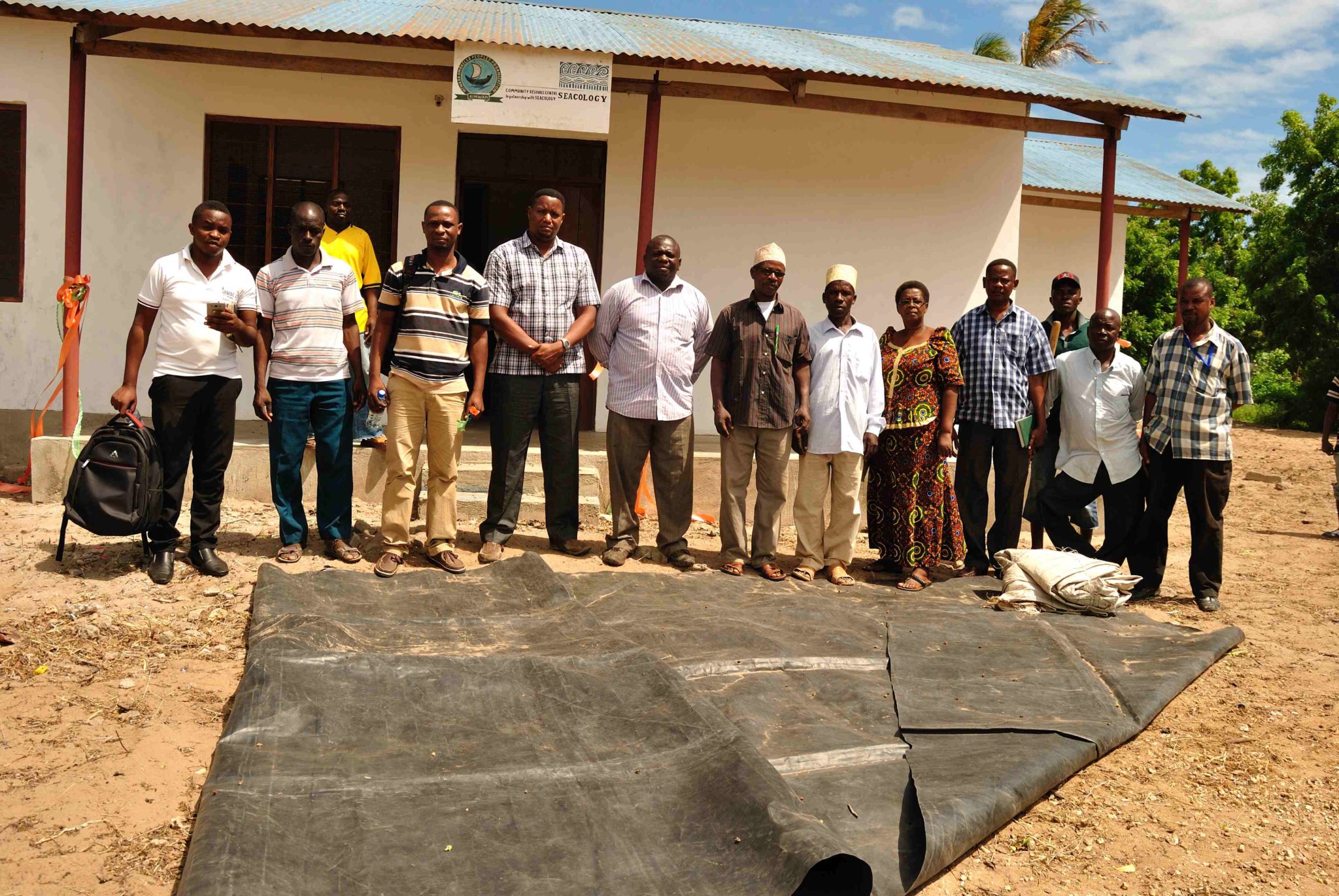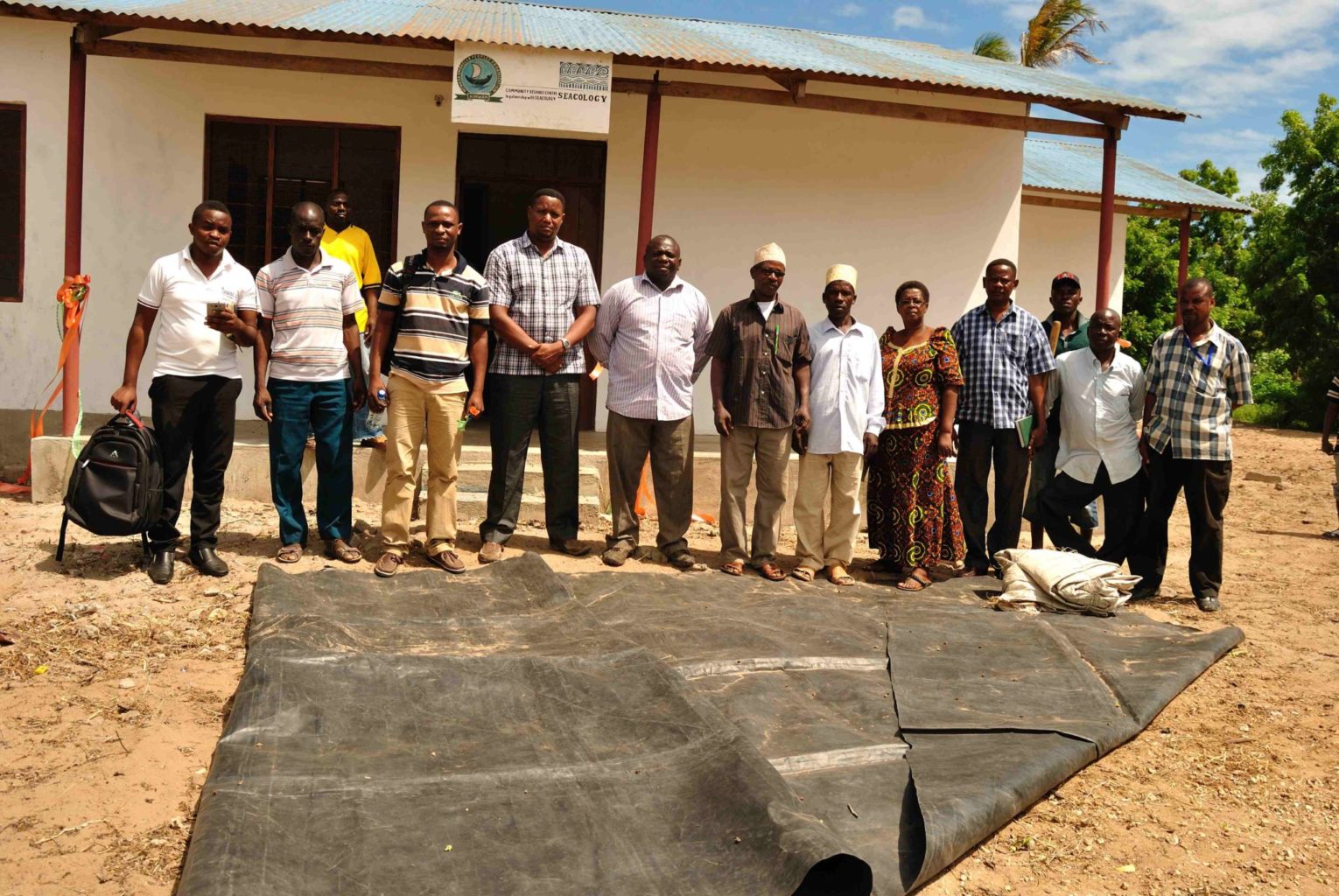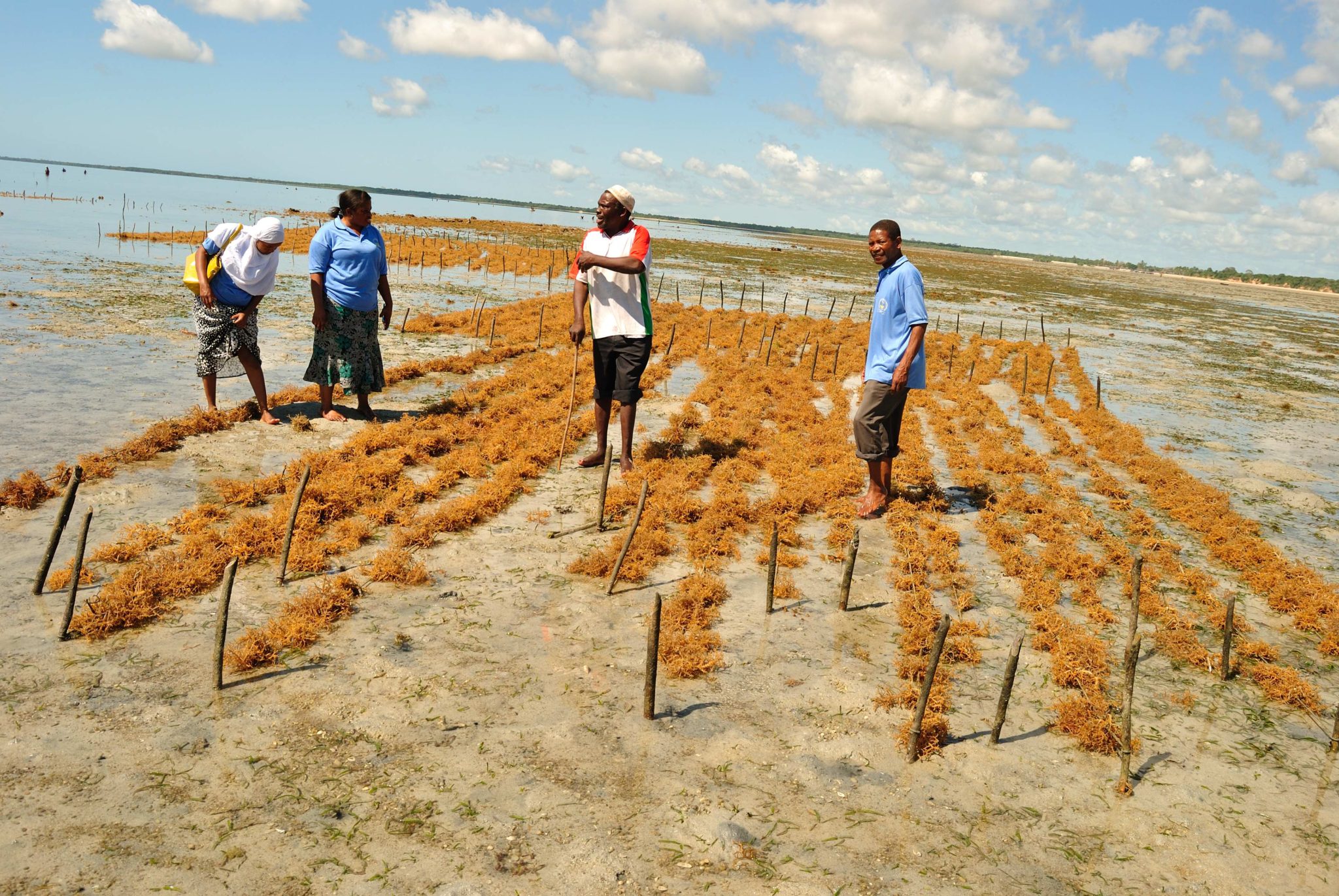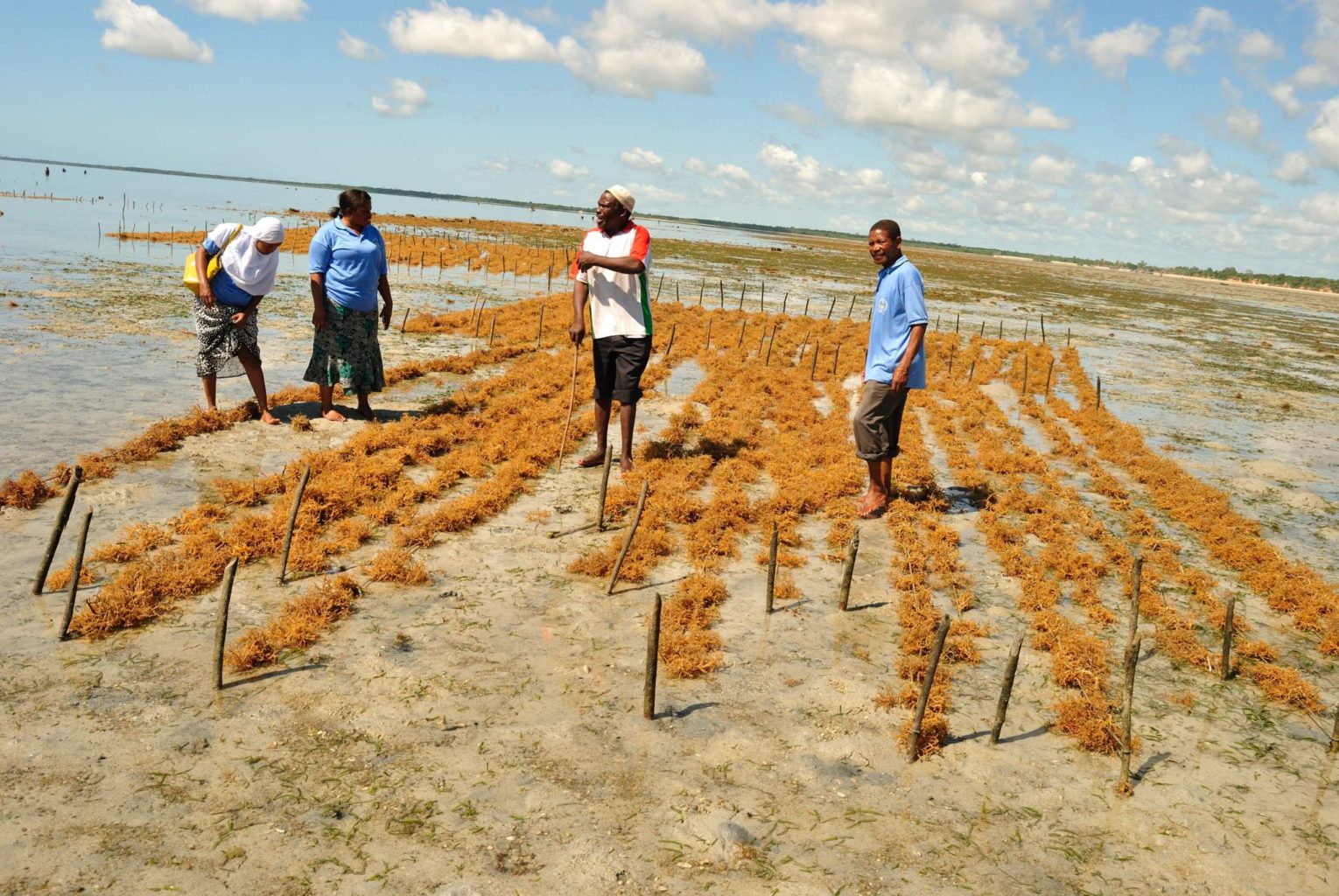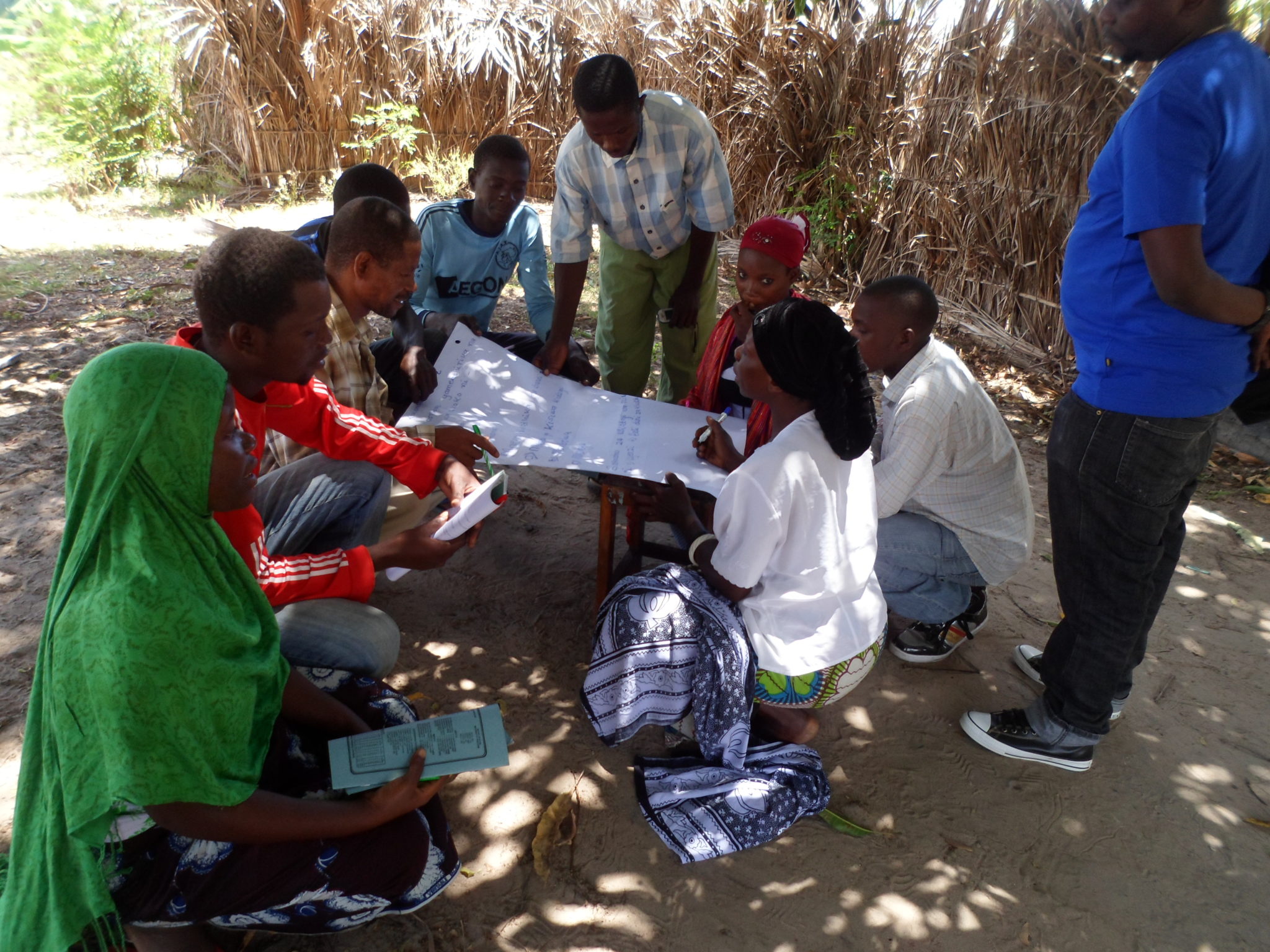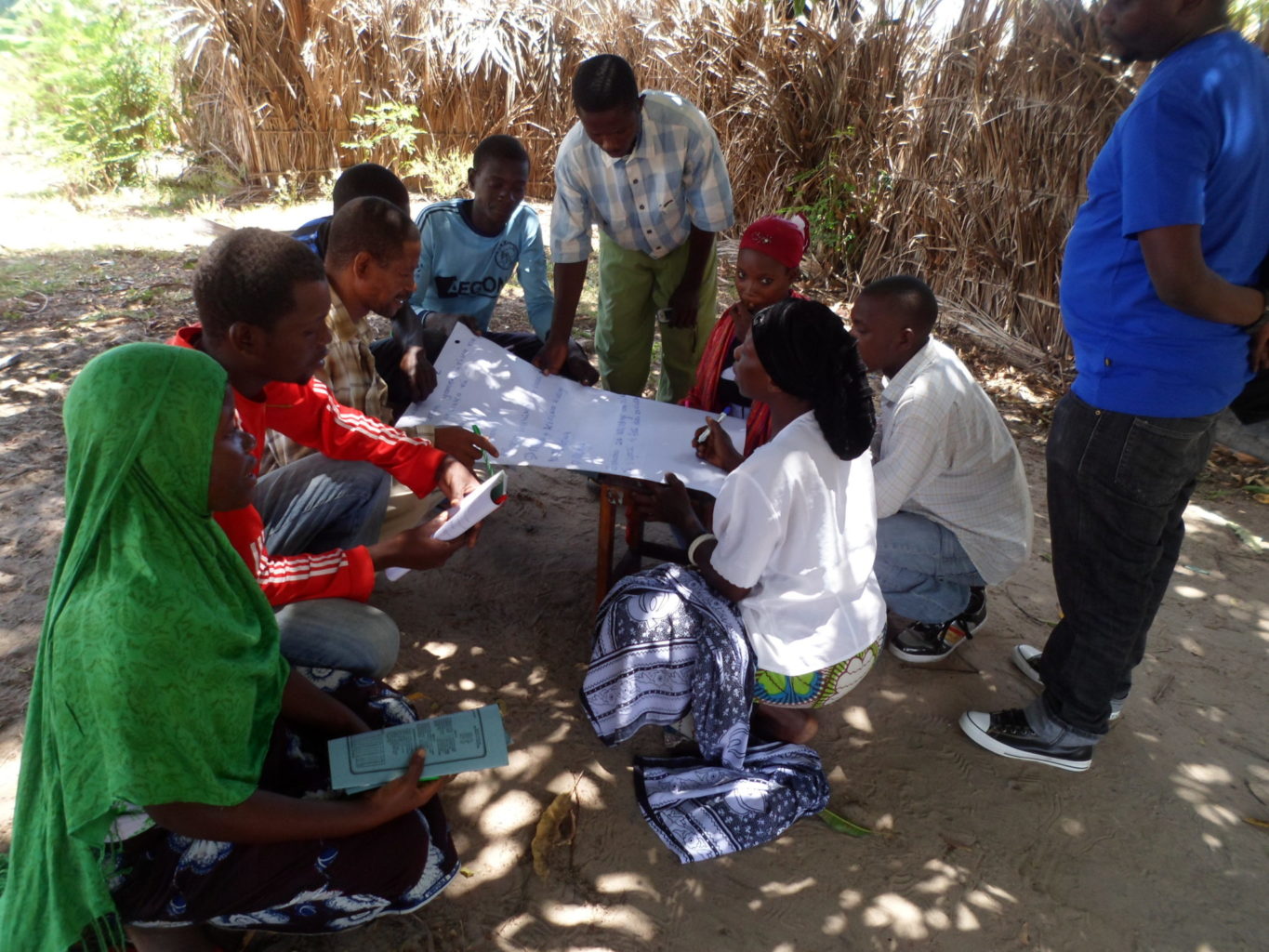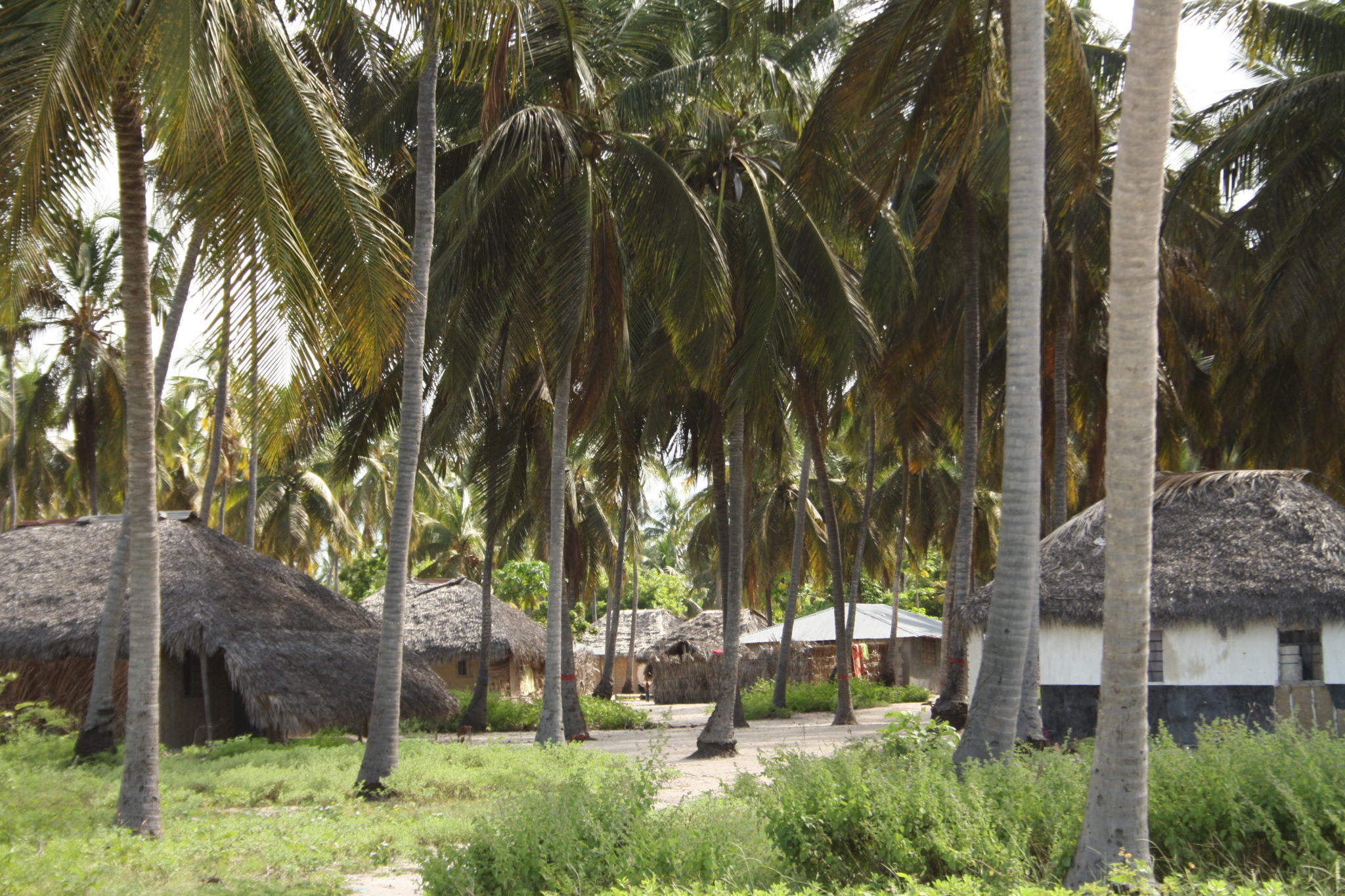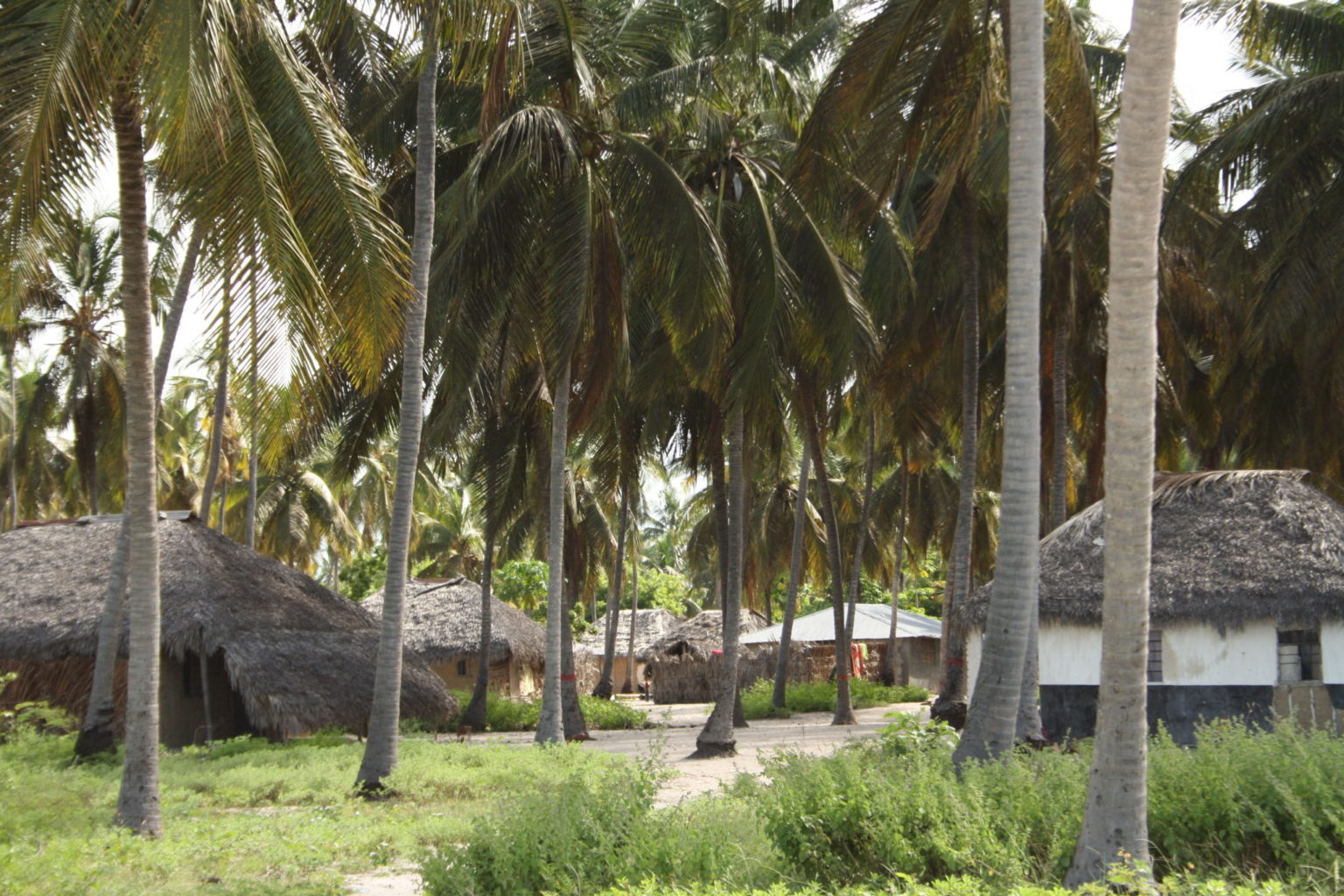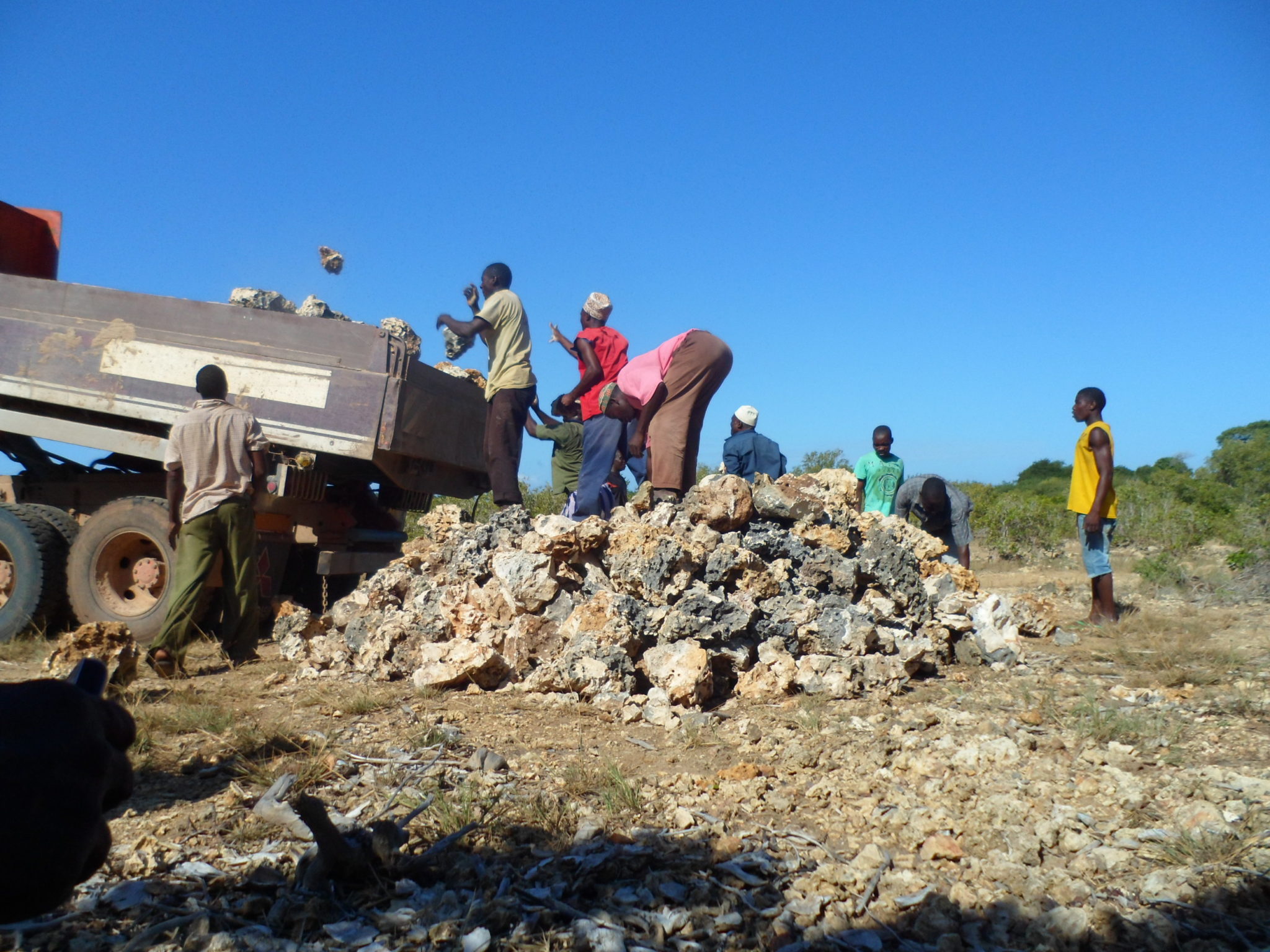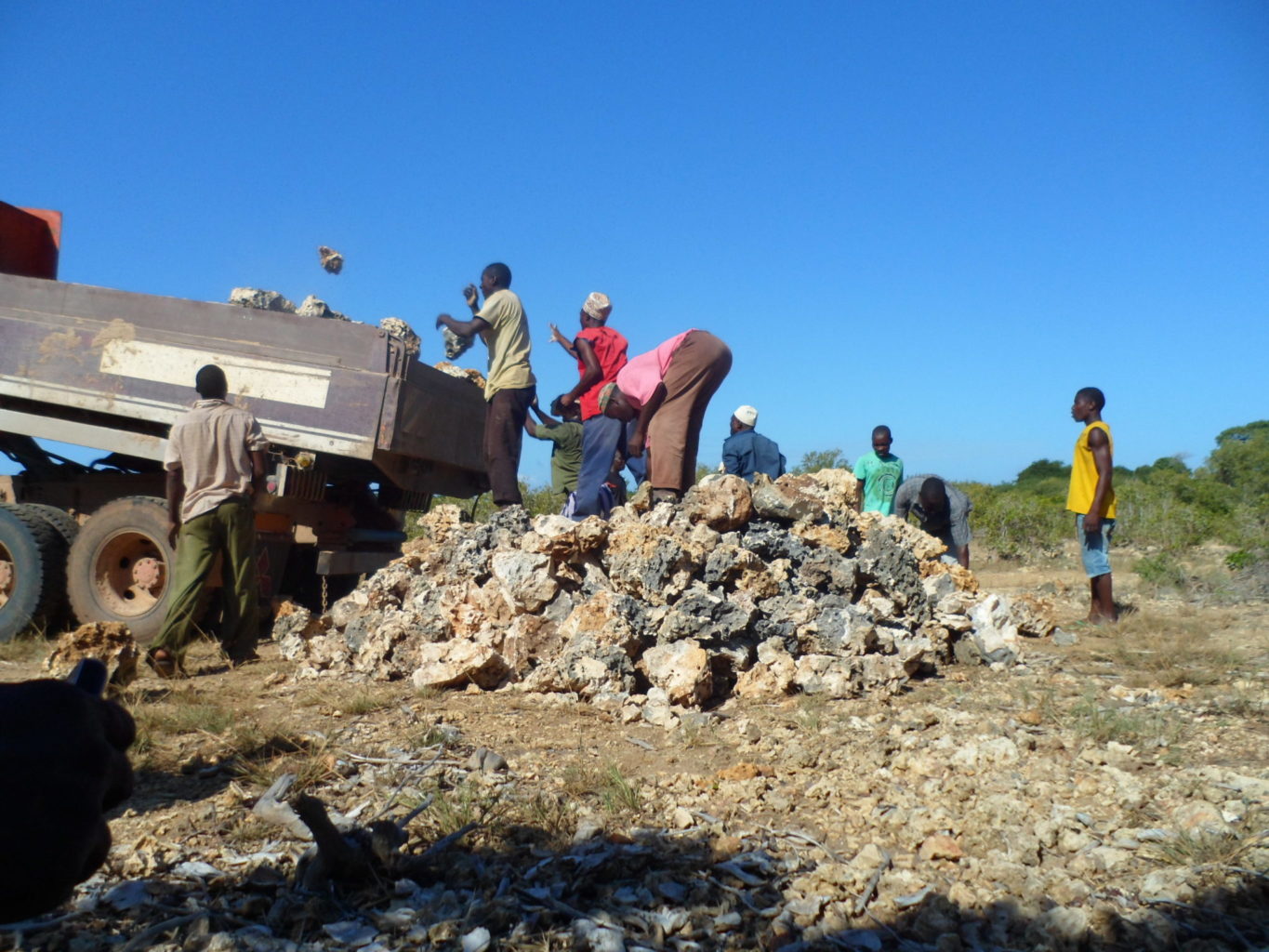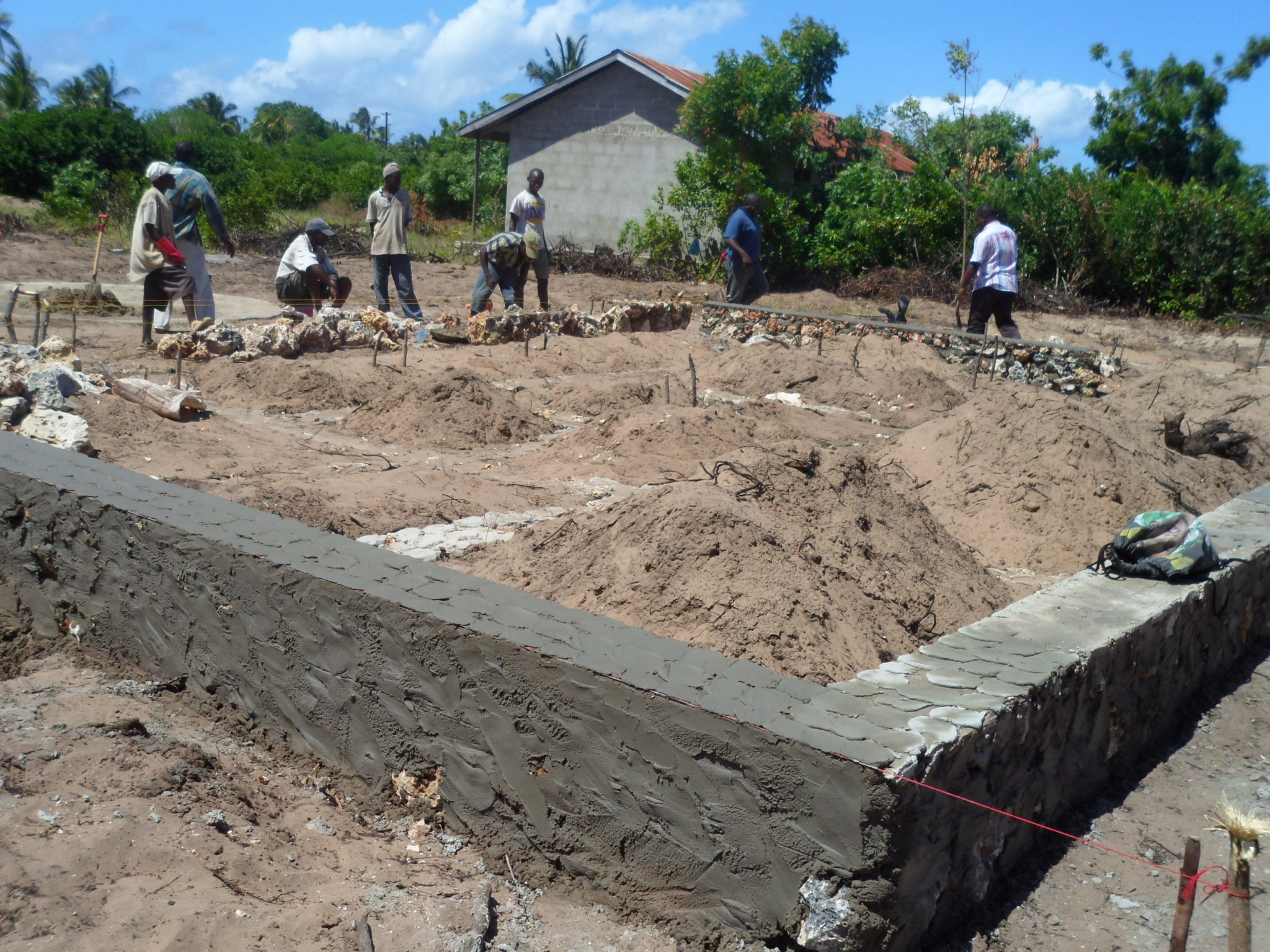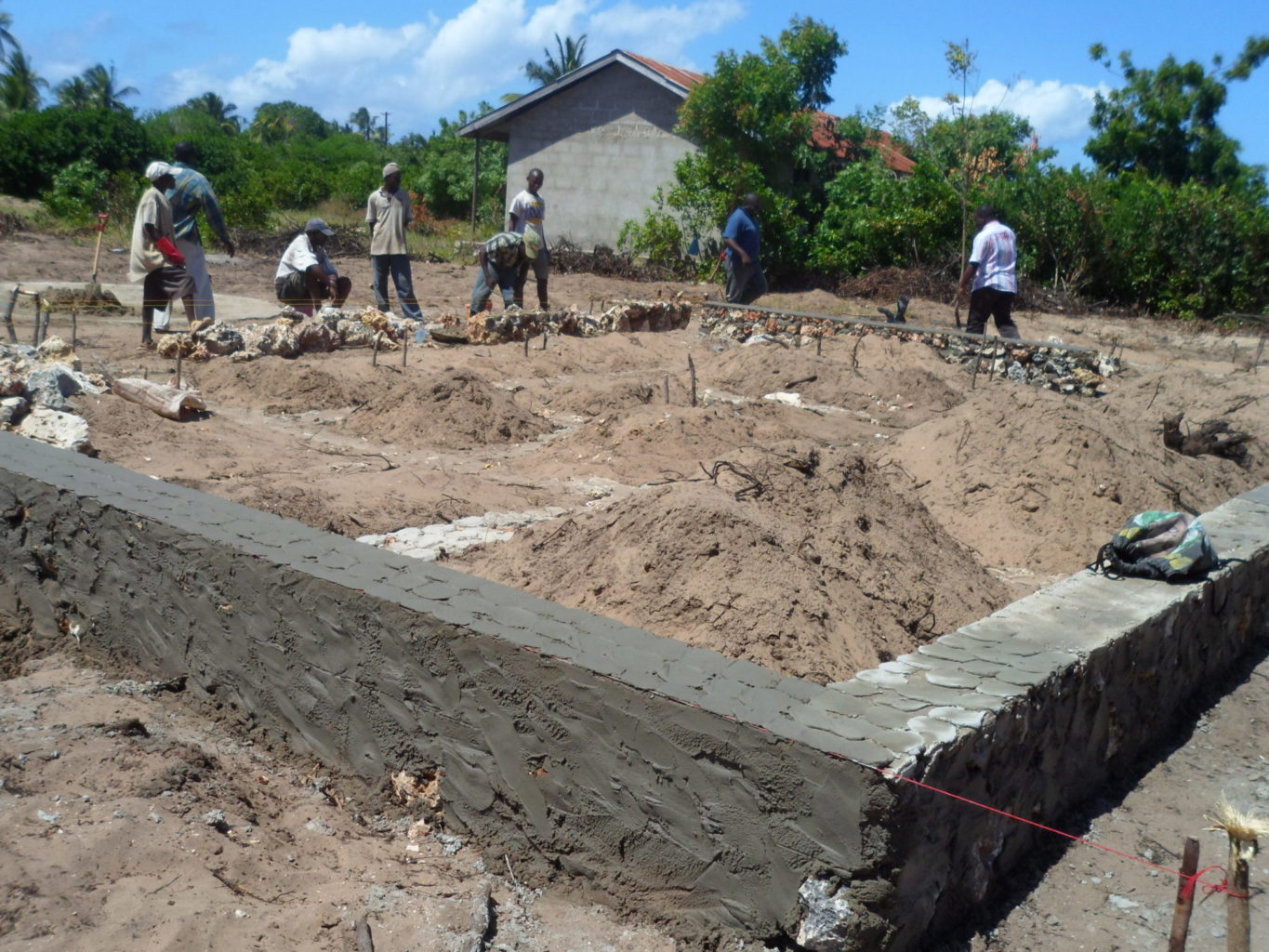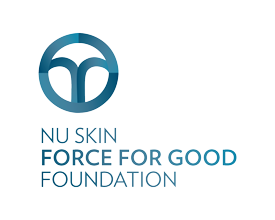The Mnazi Bay Ruvuma Estuary, in the Mtwara district of southeast Tanzania, covers 251 square miles (650 square kilometers). Inside its boundaries are 17 villages, with a total population of 45,000. The waters around the islands are renowned for their rich diversity, including 42 coral genera and 369 species of fish. Extensive stands of mangroves cover the shorelines of the islands. There is a large population of crab plovers, which has led to the area’s designation as an important bird habitat. Fishing, coral mining, and other extractive activities are permitted inside the reserve, putting significant pressures on its biological resources.
The five villages of Mkubiru, Mnete, Nalingu, Ruvula, and Sinde wish to protect marine and terrestrial endangered species found on the islands of Namponda, Membelwa, and Kisiwa Kidogo. To do this, they will create a 1,400-hectare (3,459-acre) community marine conservation area around the three islands. This will protect mangroves and all five species of sea turtles, and let degraded coral reefs recover. An umbrella organization for small-scale fishers, called KIMWAM, is implementing the project.
In return, Seacology is funding the construction of a community resource and education center at Ruvula Village. The grant will also be used for mangrove restoration, alternative livelihood options (beekeeping and seaweed farming), and organizational activities.




